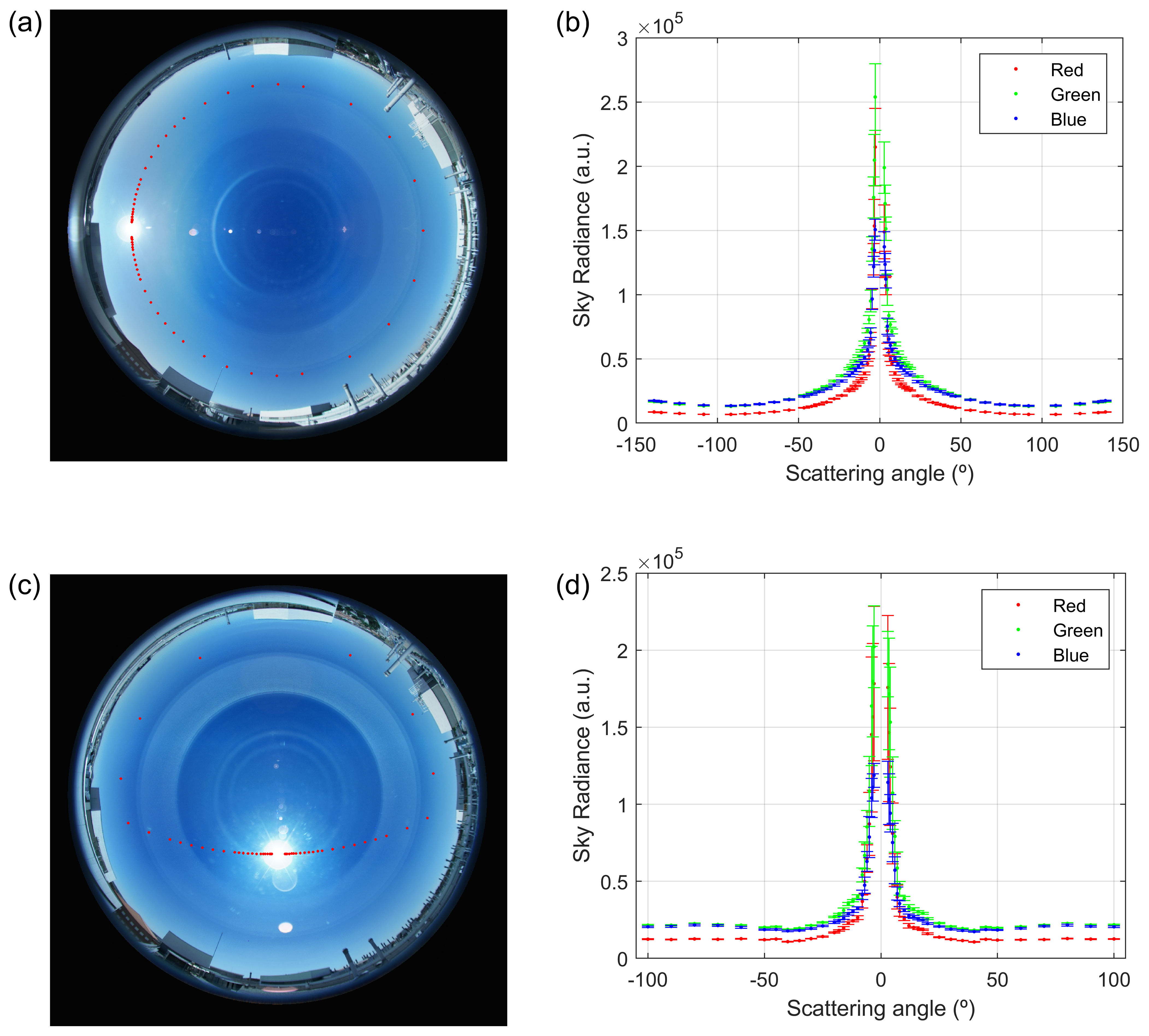


Ling DY, Ling XS (2013) On the distribution of DNA translocation times in solid-state nanopores: an analysis using schrodinger’s first-passage-time theory. Lab Chip 12:1094–1101ĭimitrov V, Mirsaidov U, Wang D et al (2010) Nanopores in solid-state membranes engineered for single molecule detection. Sen YH, Jain T, Aguilar CA et al (2012) Enhanced discrimination of DNA molecules in nanofluidic channels through multiple measurements. Plesa C, Cornelissen L, Tuijtel MW et al (2013) Non-equilibrium folding of individual DNA molecules recaptured up to 1000 times in a solid state nanopore. Gershow M, Golovchenko JA (2007) Recapturing and trapping single molecules with a solid-state nanopore. Zhang HB, Zhao Q, Tang ZP et al (2013) Slowing down DNA translocation through solid-state nanopores by pressure. Hyun C, Kaur H, Rollings R et al (2013) Threading immobilized DNA molecules through a solid-state nanopore at >100 μs per base rate. Peng HB, Ling XS (2009) Reverse DNA translocation through a solid-state nanopore by magnetic tweezers. Squires AH, Hersey JS, Grinstaff MW et al (2013) A nanopore–nanofiber mesh biosensor to control DNA translocation. Kim MJ, McNally B, Murata K et al (2007) Characteristics of solid-state nanometre pores fabricated using a transmission electron microscope. Liu K, Feng J, Kis A et al (2014) Atomically thin molybdenum disulfide nanopores with high sensitivity for DNA translocation. Zhou Z, Hu Y, Wang H et al (2013) DNA translocation through hydrophilic nanopore in hexagonal boron nitride. Liu S, Lu B, Zhao Q et al (2013) Boron nitride nanopores: highly sensitive DNA single-molecule detectors. Garaj S, Liu S, Golovchenko JA et al (2013) Molecule-hugging graphene nanopores. Schneider GF, Kowalczyk SW, Calado VE et al (2010) DNA translocation through graphene nanopores. Merchant CA, Healy K, Wanunu M et al (2010) DNA translocation through graphene nanopores. Yanagi I, Akahori R, Hatano T et al (2014) Fabricating nanopores with diameters of sub-1 nm to 3 nm using multilevel pulse-voltage injection. Li J, Stein D, McMullan C et al (2001) Ion-beam sculpting at nanometre length scales. Nat Nanotechnol 4:265–270ĭerrington IM, Butler TZ, Collins MD et al (2010) Nanopore DNA sequencing with mspa.

Nat Biotechnol 26:1146–1153Ĭlarke J, Wu HC, Jayasinghe L et al (2009) Continuous base identification for single-molecule nanopore DNA sequencing.

The observed long time constant in the transient current trace is explained by the dielectric absorption of the membrane capacitor.īranton D, Deamer DW, Marziali A et al (2008) The potential and challenges of nanopore sequencing. As a result of the transient charging process, a non-constant driving force pulls the DNA back to nanopores faster than theoretically predicted. The COMSOL simulation reveals that the membrane capacitance plays an important role in determining the electric field distribution during the charging process. The prohibited time when the data acquisition system is saturated by the transient current is derived by equivalent circuit analysis and finite element simulation. Numerical calculation of molecular motion clearly shows the recapture dynamics with different delay times. We performed and analyzed the DNA translocation and recapture experiment in a silicon nitride solid-state nanopore. However, the transient current at the moment of voltage reversal prevents the observation of instantly recaptured molecules and invalidates the continuous DNA ping-pong control. Repeat recapture of a single DNA molecule reveals the dynamics in DNA translocation through a nanopore and may significantly increase the signal-to-noise ratio for DNA base distinguishing. Motion control of a single molecule through a solid-state nanopore offers a new perspective on detecting and analyzing single biomolecules.


 0 kommentar(er)
0 kommentar(er)
